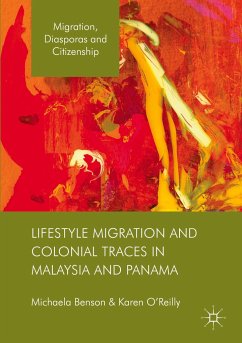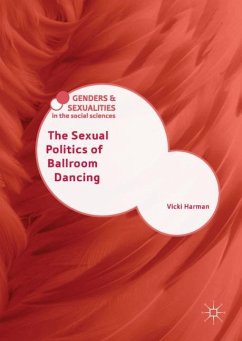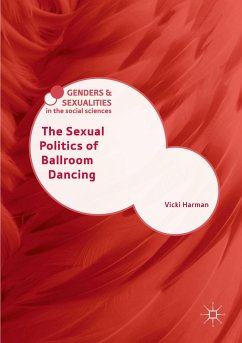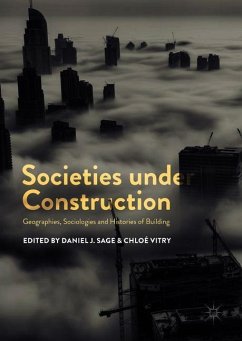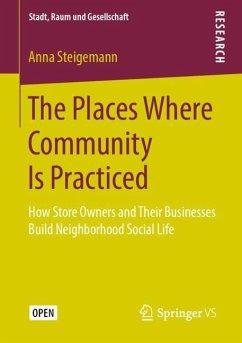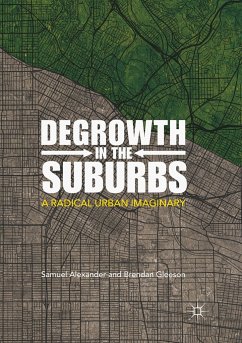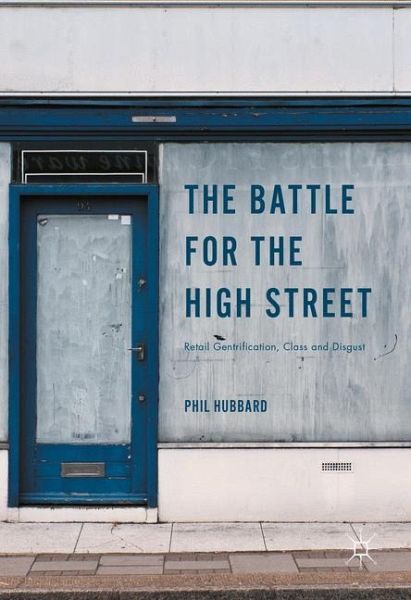
The Battle for the High Street
Retail Gentrification, Class and Disgust
Versandkostenfrei!
Versandfertig in 6-10 Tagen
42,99 €
inkl. MwSt.
Weitere Ausgaben:

PAYBACK Punkte
21 °P sammeln!
This book analyses the social and cultural status of high streets in the age of recession and austerity. High streets are shown to have long been regarded as the heart of many communities, but have declined to a state where boarded-up and vacant retail units are a familiar sight in many British cities. The book argues that the policies deemed necessary to revive the fortunes of high streets are often thinly-veiled attacks on the tastes and cultures of the working class. Policy-makers often promote boutiques, art galleries and upmarket cafés at the expense of some of the outlets frequented by ...
This book analyses the social and cultural status of high streets in the age of recession and austerity. High streets are shown to have long been regarded as the heart of many communities, but have declined to a state where boarded-up and vacant retail units are a familiar sight in many British cities. The book argues that the policies deemed necessary to revive the fortunes of high streets are often thinly-veiled attacks on the tastes and cultures of the working class. Policy-makers often promote boutiques, art galleries and upmarket cafés at the expense of some of the outlets frequented by less affluent populations, including betting shops, fast food takeaways, discount stores and bargain booze outlets.
Highlighting the social and cultural roles that so-called 'dying' high streets continue to play in the lives of working class and disadvantaged populations, this book provides a powerful argument against retail gentrification, and a timely analysis of class conflict in austerity Britain. It will be of great interest to scholars of geography, social policy and cultural studies.
Highlighting the social and cultural roles that so-called 'dying' high streets continue to play in the lives of working class and disadvantaged populations, this book provides a powerful argument against retail gentrification, and a timely analysis of class conflict in austerity Britain. It will be of great interest to scholars of geography, social policy and cultural studies.



